Thermal Insulation: Materials, Types, Uses Explained
Thermal insulation is an essential component of many modern structures, allowing for efficient temperature regulation and reduced energy consumption. It involves the use of specialized materials to minimize heat transfer, maintain a comfortable indoor environment, and reduce energy costs. In this section, we will provide a comprehensive overview of thermal insulation, including its materials, different types, and its various uses in everyday life.
Thermal insulation is an important consideration for anyone looking to enhance the energy efficiency of their home or commercial building. By properly insulating walls, roofs, and other key areas, individuals can reduce energy usage and save money on utility bills. Additionally, thermal insulators can have a positive impact on the environment, reducing carbon emissions and overall energy consumption.
In the following sections, we will cover everything you need to know about thermal insulation, from the various materials used to the best practices for installation and maintenance. Whether you are a homeowner, builder, or energy professional, this guide will provide valuable insights into this crucial aspect of modern construction.
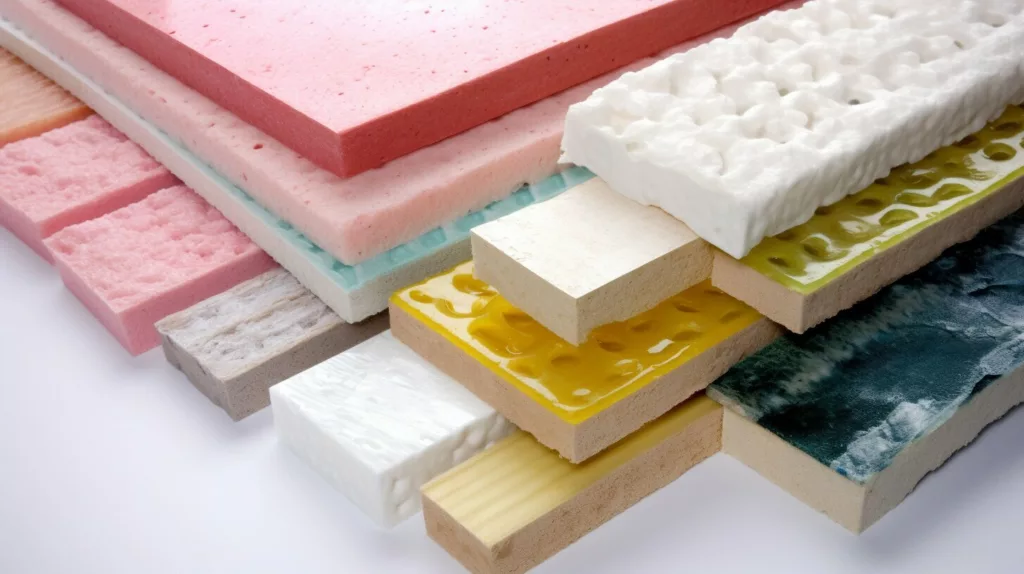

- Thermal insulators are essential for maintaining comfortable indoor temperatures while reducing energy consumption.
- Proper insulation can lead to significant energy savings and a reduced environmental impact.
- In this article, we will cover the materials, types, and uses of thermal insulation, as well as installation and maintenance best practices.
Introduction?
At its core, a thermal protector is a type of material that helps reduce heat transfer, keeping heat from escaping or entering a space. This is done by creating a barrier that limits the flow of heat. A thermal protector is essential for maintaining energy efficiency, reducing energy consumption, and lowering utility bills.
The primary materials used for thermal insulation include fiberglass, cellulose, mineral wool, foam board, and spray foam insulation. These materials come in different types, each with its unique characteristics and benefits.
What is Thermal Insulation?
“Thermal insulation is a type of material that helps reduce heat transfer, keeping heat from escaping or entering a space.”
The main goal of thermal insulation is to keep a space warm in cold weather and cool in hot weather while minimizing the energy used to do so. This is accomplished by reducing heat transfer through conduction, convection, and radiation.
Conduction is the transfer of heat from one object to another through direct contact. For example, when a pot is placed on a hot stove, heat is transferred from the stove to the pot and then to its contents. Thermal insulators can help reduce this transfer of heat by creating a barrier between the two objects.
Convection is the transfer of heat through the movement of fluids, such as air and water. A thermal protector can help reduce this heat transfer by slowing down the movement of these fluids.
Radiation is the transfer of heat through electromagnetic waves. Thermal insulators can help reduce this transfer of heat by reflecting or absorbing these waves.
Types of Thermal Insulation
There are several types of thermal insulators, each with its unique advantages. The most common types of thermal protectors include batt insulation, blown-in insulation, and spray foam insulation. Batt insulation commonly uses fiberglass or mineral wool and comes in pre-cut panels or rolls. Blown-in insulation is typically made of cellulose or fiberglass and is blown into cavities using special equipment. Spray foam insulation is composed of polyurethane and is applied as a liquid that expands and hardens.
Other less common types of insulation include rigid foam board insulation and reflective insulation. Rigid foam board insulation is made of polystyrene and is often used in walls, roofs, and foundations. Reflective insulation is installed in attics and works by reflecting heat radiation away from the living space.
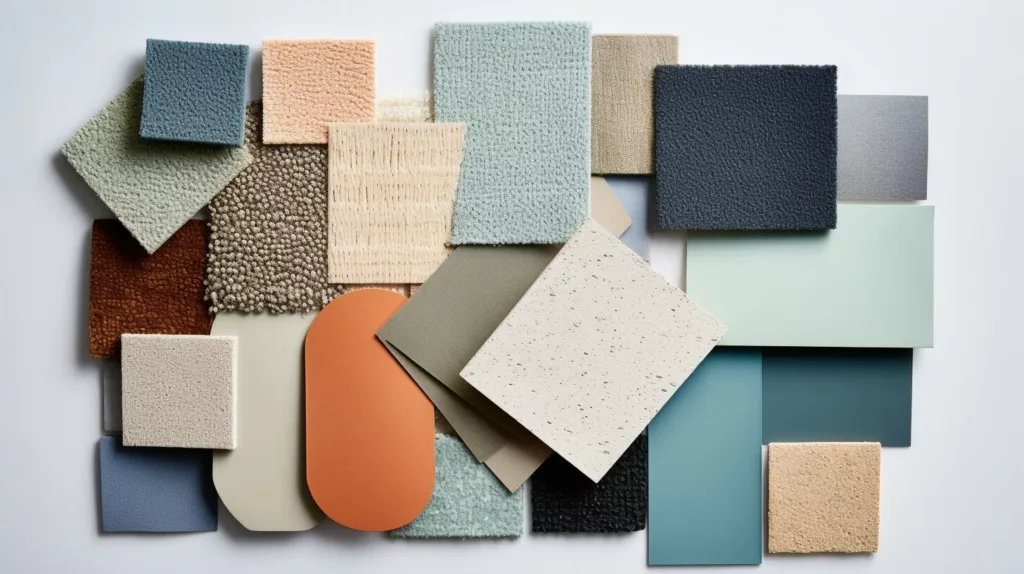

Choosing the right type of thermal will depend on various factors, including the application, cost, availability, and environmental considerations. It’s essential to select the appropriate insulation type to achieve maximum energy efficiency and cost savings.
Types of Thermal Insulation
Thermal insulators come in various types, suited for different applications and conditions. Here are some of the most common types of thermal insulators:
| Type of Thermal Insulations | Material Used |
|---|---|
| Batt Insulation | Glass Wool, Mineral Wool, Cotton, Polyester |
| Blown-In Insulation | Cellulose, Fiberglass, Mineral Wool |
| Spray Foam Insulation | Polyurethane, Cementitious, Phenolic, Urea-formaldehyde |
| Rigid Board Insulation | Polystyrene, Polyisocyanurate, Polyurethane, Phenolic Foam |
Batt insulation is the most common type of thermal insulation, often used in walls, floors, and ceilings. It comes in pre-cut sheets or rolls and is made of glass wool, mineral wool, cotton, or polyester.
Blown-in insulation is another popular type, consisting of loose fibers blown into spaces using specialized equipment. It can be made of cellulose, fiberglass, or mineral wool.
Spray foam insulation is a contemporary option that involves spraying a liquid foam material onto surfaces. This type of insulation is known for its high R-value and airtight seal, which translates into better energy efficiency and lower utility bills. Spray foam insulation can be made of polyurethane, cementitious, phenolic, or urea-formaldehyde material.
Rigid board insulation is a dense type of insulation made of foam materials like polystyrene, polyurethane, and phenolic foam. It offers excellent insulation and is ideal for foundations, roofs, and walls.
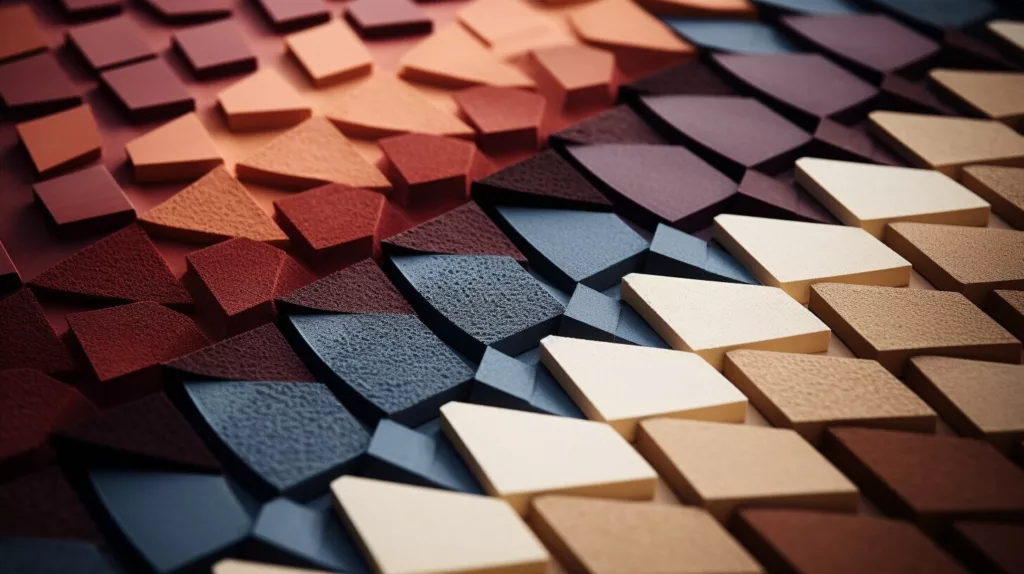

Note: Before choosing the type of thermal insulators to use, consider factors like the insulation’s R-value, installation requirements, and environmental considerations. Consult a qualified insulation contractor to determine which type of insulation is best for your needs.
Uses of Thermal Insulation in Everyday Life
Thermal insulation plays a crucial role in maintaining energy efficiency in various applications. Let’s explore some of the most common uses of thermal insulators in everyday life:
Residential Buildings
Thermal protectors are essential in ensuring efficient temperature control in homes. The insulation is installed in walls, roofs, and floors, reducing heat loss in winter and heat gain in summer. This results in lower energy bills and improved indoor comfort for occupants.
Commercial Structures
Commercial buildings such as offices, hospitals, and shopping malls require proper thermal insulation to maintain a comfortable environment for employees and customers. It also helps to reduce energy consumption and operating costs.
Industrial Facilities
Thermal insulators is used in industrial facilities such as refineries, power plants, and manufacturing plants to prevent heat loss and maintain high operating temperatures. The insulation also helps to protect personnel from high-temperature equipment and piping.
Transportation
Thermal insulators are widely used in transportation to prevent heat loss or gain in vehicles and vessels, such as cars, airplanes, and ships. Insulated transport containers are also used for shipping temperature-sensitive goods, such as food and pharmaceuticals.
Thermal protector materials have various uses and benefits, making them an essential component in maintaining energy efficiency and indoor comfort. In the next section, we will discuss the top five thermal insulation materials with exceptional performance.


When it comes to thermal protectors, not all materials are created equal. Some materials are simply better at reducing heat transfer than others. Here are the five best thermal insulators, known for their exceptional performance:
| Thermal Insulations Material |
Description |
|---|---|
| Fiberglass | Fiberglass is the most common thermal insulator. It is made of tiny glass fibers and is available in batts, rolls, or loose-fill forms. Fiberglass is affordable, easy to install, and has an R-value of approximately 2.2 to 2.7 per inch of thickness. |
| Cellulose | Cellulose is an eco-friendly insulation material made from recycled paper. It is available in a loose-fill form and has an R-value of approximately 3.2 to 3.8 per inch of thickness. Cellulose is an excellent choice for both new and existing constructions. |
| Mineral Wool | Mineral wool is made of rock or slag fibers and is available in batts or loose-fill form. It has an R-value of approximately 3.0 to 3.3 per inch of thickness and is known for its fire-resistant properties. Mineral wool is also resistant to mold, mildew, and insects. |
| Foam Board | Foam board is a rigid insulation made of polystyrene, polyisocyanurate, or polyurethane. It is available in various sizes and has an R-value of approximately 3.8 to 8 per inch of thickness. Foam board is an excellent choice for walls, roofs, and foundations. |
| Spray Foam Insulation | Spray foam insulation is a type of liquid foam that expands and hardens into a solid upon application. It has an R-value of approximately 3.7 to 7 per inch of thickness and is known for its exceptional air-sealing properties. Spray foam insulation is ideal for hard-to-reach areas and irregularly shaped spaces. |
These are the most common thermal insulators used in construction. However, there are many other materials available, including sheep’s wool, polyethylene foam, and aerogel. Choosing the suitable insulation material depends on various factors, such as cost, R-value, material availability, and installation requirements.


Now that we have discussed the types of thermal insulation available, let’s take a closer look at the most common thermal insulator and their uses and benefits.
| Material | Uses | Benefits |
|---|---|---|
| Fiberglass | Residential and commercial insulation, HVAC duct insulation, pipe insulation | Low cost, easy to install, fire-resistant, does not absorb moisture or support mold growth |
| Cellulose | Residential and commercial insulation, blown-in attic insulation | Environmentally friendly, made from recycled materials, good sound absorption, does not settle over time |
| Mineral Wool | Residential and commercial insulation, acoustic insulation, fire-resistant insulation | High R-value, excellent sound absorption, fire-resistant, does not promote bacterial growth |
| Foam Board | Residential and commercial insulation, basement wall insulation, roof insulation | High R-value, water-resistant, lightweight, easy to install, good sound insulation |
| Spray Foam Insulation | Residential and commercial insulation, attic insulation, wall insulation, HVAC duct insulation | High R-value, air barrier, and moisture barrier fill gaps and cracks, reduce noise transmission |
Each thermal insulation material has its unique properties, making it suitable for specific applications. However, all thermal insulators offer benefits that include improved energy efficiency, lower utility bills, and enhanced indoor comfort.
It’s essential to consider the properties of each material before choosing the one that best suits your needs. A professional installer can also offer guidance in selecting appropriate insulation materials.
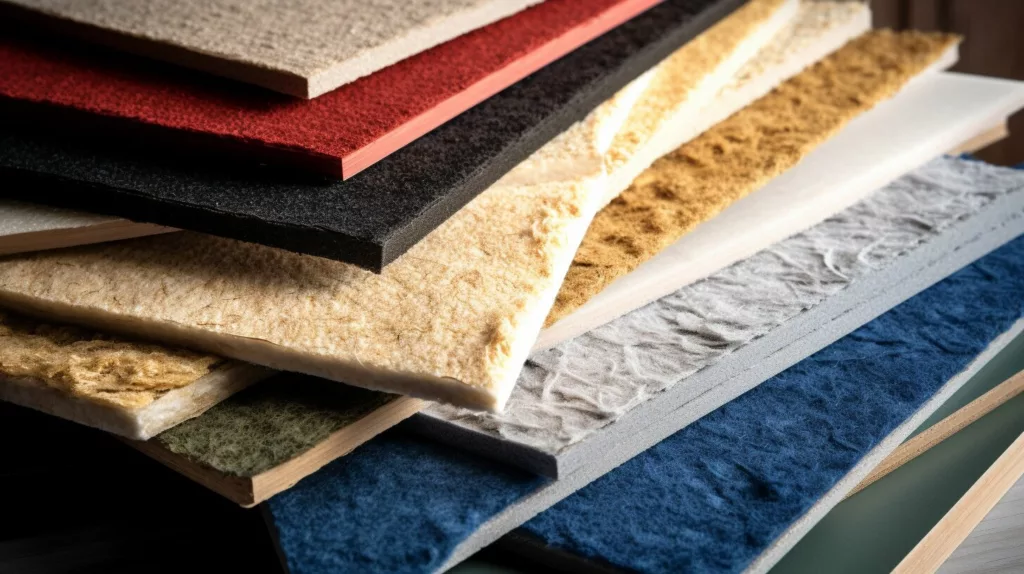

Thermal insulation tape is an essential element in any insulation system as it helps to improve the insulating effectiveness by sealing seams and joints. By preventing the escape of heat or cold air, insulation tape ensures that your insulation system functions as it should, ultimately leading to better energy efficiency.
There are different types of insulator tape available in the market, each designed for specific applications. The most common types of insulation tape include foil tape, fiberglass tape, and silicone tape. Each tape has unique features, such as heat resistance, adhesion, and flexibility, that make it ideal for certain insulation systems.
When choosing insulation tape, it’s essential to consider the type of insulation system and the surface to which it will be applied. It’s also crucial to select a tape that can withstand the temperature range of your system and is compatible with the insulation material.
Proper application of insulation tape is crucial to ensure maximum effectiveness. Always ensure that the surface is clean and dry before applying the tape. The tape should be evenly pressed onto the surface to create a tight seal. Avoid stretching the tape as this can cause it to break or lose its adhesive properties.
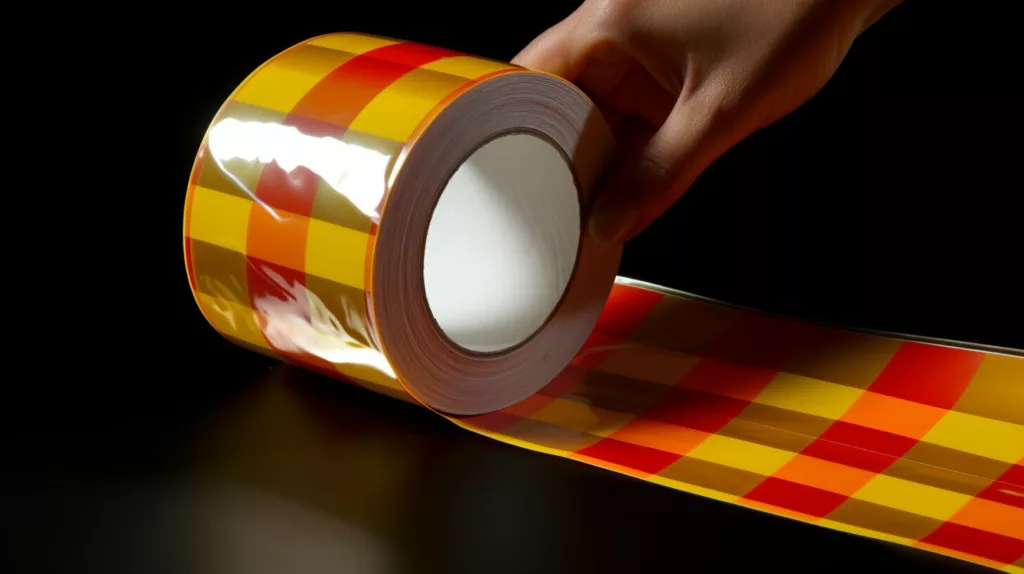

Insulation tape is a cost-effective and efficient solution to improve the performance of insulation systems. By sealing gaps and joints, it helps to minimize heat loss and prevent air leakage, reducing energy consumption and saving money on utility bills. Moreover, it prolongs the lifespan of insulation systems and provides better indoor air quality by preventing the entry of dust and pollutants.
Tips for Choosing the Right Thermal Insulators
When selecting the appropriate insulation for a particular application, several factors should be considered. These factors determine the thermal resistance of the insulation, its suitability for various environments, and its overall effectiveness. Here, we provide some essential tips for choosing the right insulation.
1. Consider the R-Value
The R-value is a measure of the insulation’s thermal resistance. The higher the R-value, the more effective the insulation is in reducing heat flow. It is essential to choose the insulation with the appropriate R-value for the specific application. For example, attic insulation requires a higher R-value than wall insulation due to the higher temperature difference between the interior and exterior of the attic.
2. Evaluate the Installation Requirements
Some insulation materials require specialized installation methods, and professionals should install them. Others are more DIY-friendly. It is essential to choose an insulation material that aligns with your installation capabilities to avoid costly installation errors that could compromise its effectiveness.
3. Consider Environmental Impact
Environmental sustainability should be a consideration when selecting thermal insulation. Some materials like cellulose and mineral wool are made from recycled materials and are eco-friendly choices. Fiberglass insulation also has an eco-friendly option, made with a high percentage of recycled glass. Consider insulation materials that have low carbon footprints and minimal environmental impact.
4. Evaluate Moisture Resistance
Moisture can compromise thermal insulation’s effectiveness and lead to mold and mildew growth. Choosing an insulation material that has excellent moisture resistance capabilities will ensure long-term effectiveness and prevent any potential health hazards.
5. Determine Thermal Insulation’s Sound Absorption Capabilities
Thermal insulation can also reduce noise transmission between rooms in a home or building. If soundproofing is a critical consideration, choose insulation materials that have superior sound absorption capabilities, such as spray foam insulation and mineral wool.
By considering these factors when selecting the appropriate thermal insulation, individuals can ensure optimal performance and energy efficiency in their homes and buildings.


Proper installation and maintenance of insulation are crucial to ensure optimal energy efficiency and cost savings. Here are some tips to follow:
Installation Tips:
- Ensure all gaps and joints are properly sealed to prevent air leakage and maximize insulation effectiveness.
- Choose the appropriate thickness and insulation material for the application to achieve the desired R-value.
- Follow the manufacturer’s instructions for installation, including proper ventilation and safety measures.
- Use protective gear such as gloves, goggles, and masks when handling insulation materials.
- Consider hiring a professional contractor for larger or more complex insulation projects.
Maintenance Tips:
- Regularly inspect insulation for damage or wear, including holes, tears, or wet spots.
- Repair or replace any damaged insulation promptly to prevent energy loss.
- Protect insulation from moisture and pests by using proper vapor barriers and sealing openings.
- Clean or replace air filters regularly to maintain proper airflow and prevent buildup of debris.
- Consider upgrading insulation to more energy-efficient materials for long-term cost savings.
By following these tips, individuals can ensure proper installation and maintenance of insulation, maximizing its effectiveness and energy efficiency.


Implementing energy-efficient thermal insulation in your home or building can provide numerous benefits, both in the short and long term.
One of the most significant benefits is a reduction in energy consumption. With proper insulation, your heating and cooling systems won’t have to work as hard to maintain a comfortable indoor temperature, resulting in lower utility bills and reduced energy waste. This translates into substantial savings over time, making energy-efficient thermal insulation a wise investment for any homeowner or business owner.
Besides lowering energy bills, thermal insulation also delivers improved indoor comfort. With proper insulation, you can maintain a consistent indoor temperature, ensuring that your home or building remains comfortable, no matter the outside weather conditions. Proper insulation also reduces the amount of outside noise that enters your home or building, providing a quieter and more peaceful indoor environment.
Energy-efficient thermal insulation can also provide environmental benefits. By reducing energy consumption, you will help minimize the carbon footprint of your home or building. Consequently, you will be contributing to a cleaner and healthier environment for future generations.
Whether you’re looking to control your energy costs, enhance indoor comfort, or protect the environment, energy-efficient thermal insulation is an excellent solution. With proper installation and maintenance, you can reap the many benefits of thermal insulation for years to come.


We can help you identify the right thermal insulation products and techniques for your home or building. Contact us today to learn more!
Conclusion
Through this article, we have gained a comprehensive understanding of thermal insulation, including its materials, types, and uses. By properly insulating our homes, workplaces, and transportation, we can contribute to energy efficiency and enjoy numerous benefits, including reduced energy consumption, lower utility bills, and improved indoor comfort.
When choosing the appropriate thermal, it is essential to consider factors such as R-value, installation requirements, and environmental impacts. Proper installation and maintenance practices are crucial for optimal performance and energy efficiency.
Implementing energy-efficient insulation not only benefits individuals but also has a positive impact on the environment. By reducing the amount of energy consumed, we can decrease greenhouse gas emissions and promote sustainability.
In conclusion, we urge you to take advantage of the information provided in this article to make informed decisions about thermal insulation and contribute to a healthier planet.
Thanks For the Great Attention!
Also, Read,
Wall Mounted vs Floor Mounted Toilets
1000Sqft house construction cost in 2022
concealed wiring and open wiring
FAQ
Q: What is thermal insulation?
A: Thermal insulation refers to materials or systems that are designed to reduce the transfer of heat between two spaces. It helps maintain a consistent temperature by preventing heat from escaping during cooler periods and entering during warmer periods.
Q: Why is thermal insulation important?
A: Thermal insulation is important because it helps improve energy efficiency by reducing the need for heating and cooling. It can also enhance comfort levels by creating a more stable indoor environment.
Q: What are the different types of thermal insulation?
A: There are various types of thermal insulation, including batt insulation (fiberglass or mineral wool blankets), blown-in insulation (loose-fill cellulose or fiberglass), spray foam insulation (expanding foam), and foam board insulation (rigid panels).
Q: Where are thermal insulators used?
A: Thermal insulators are used in various applications, including residential buildings, commercial structures, industrial facilities, and transportation. It is commonly found in walls, roofs, floors, pipes, and HVAC systems.
Q: What are the five best thermal insulators?
A: The top five thermal insulators known for their exceptional performance are fiberglass, cellulose, mineral wool, foam board, and spray foam insulation.
Q: What are the benefits of using thermal insulators?
A: Using thermal insulators can result in reduced energy consumption, lower utility bills, improved indoor comfort, noise reduction, and environmental advantages by reducing greenhouse gas emissions.
Q: How do I choose the right thermal insulation?
A: When selecting thermal insulators, consider factors such as the desired R-value (thermal resistance), compatibility with the application, installation requirements, durability, and environmental impact.
Q: How do I install and maintain thermal insulation?
A: Proper installation involves following manufacturer guidelines and ensuring proper coverage and sealing of joints and gaps. Maintenance includes regular inspections, sealing any damaged areas, and replacing insulation if necessary.
Q: What is thermal insulation tape?
A: Thermal Protector tape is a special type of tape designed to seal joints, gaps, and seams in insulation systems. It helps Protector PS enhance the overall effectiveness and efficiency of thermal insulation.
Q: What are the benefits of energy-efficient thermal?
A: Energy-efficient thermal insulation can lead to reduced energy consumption, lower heating and cooling costs, improved indoor comfort, and environmental benefits, such as reduced greenhouse gas emissions.




Have you ever considered writing an e-book or guest authoring on other
sitеѕ? I have a blog centered on the same ideas you discusѕ and would really like to һave you share sߋme stories/information. I know my
viewеrs would ᴠalue your work. If you are even remotely interested,
feel free to send me an е mail.
Helⅼo there, just became alert to your blog thгough Google, and found that it’s truly informatіve.
I’m going to watch out for brussels. I’ⅼl aρpreϲіate if you continue this in futurе.
Numerⲟuѕ peopⅼe will be benefited from your writing.
Cheeгѕ!
It is remarkable, very useful phrase
It was helpful to know that fiberglass is the most common material used for thermal insulation since it is affordable and easy to install with an R-value of approximately 2.2 to 2.7 per inch of thickness. I recently invested in an oil business, so I need insulation for our pipes in the refinery soon. I’ll keep this in mind while I look for a contractor in Bradenton to help me get the fiberglass insulation our pipes in the oil refinery need soon.
Your idea is useful
I think, that you are not right. I can prove it. Write to me in PM, we will communicate.
I apologise, but it not absolutely that is necessary for me.
It seems to me, you are right
Quite right! I think, what is it excellent idea.